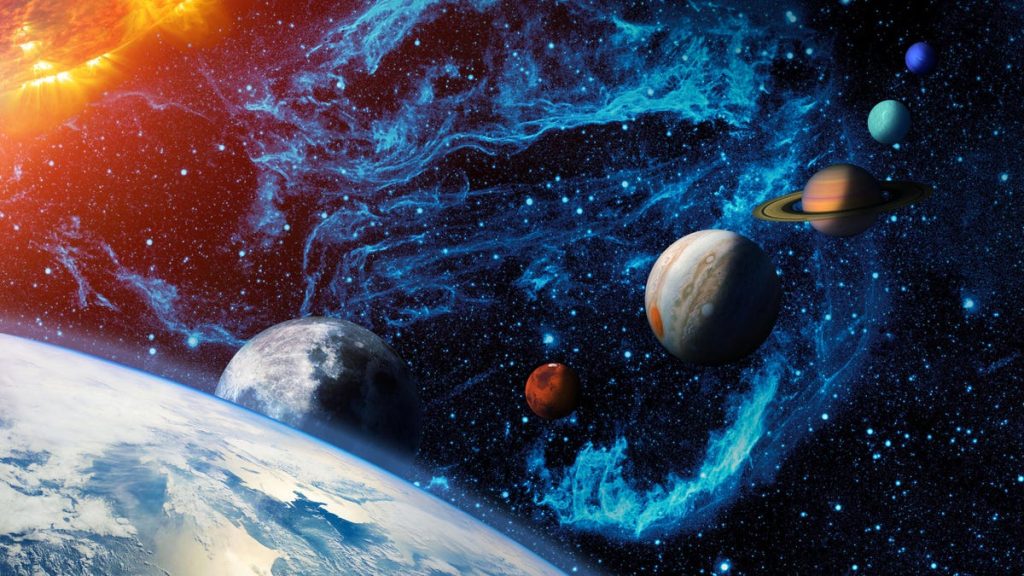Backyard skygazers are gearing up for a planetary parade set to occur on June 3, where up to six planets will be visible in the sky. Jupiter, Mercury, Mars, Saturn, Uranus, and Neptune will be lined up across the sky, with Jupiter, Mercury, Mars, and Saturn visible to the naked eye. Those with high-powered binoculars or a telescope will also be able to see Uranus and Neptune. This will be the second planet parade of the year, following the 2024 solar eclipse where Jupiter, Venus, Saturn, and Mars were visible.
The best viewing location for the planetary parade will be in New York state on the morning of June 3, between 5 a.m. and just before sunrise. Other parts of the eastern seaboard, such as Florida and Ohio, will also be able to see some of the planets at different times. Venus will be present but impossible to see due to its proximity to the sun. The parade will be visible for about a week, with Jupiter, Mars, and Saturn remaining visible for weeks after. Various regions around the world will have the opportunity to witness the planetary parade at different times between May 28 and June 6.
Tools like the Stellarium website and the Sky Tonight app can help individuals determine the visibility of the planets in their area. By entering their location and adjusting the time, users can see where the planets will be located and how visible they will be. While Jupiter, Mars, Saturn, and Mercury will be visible with the naked eye in ideal locations, Uranus and Neptune will require high-powered binoculars or a telescope to see due to their distance from Earth. Cloudy weather and city lights can affect visibility, but most places should be able to spot at least three or four planets.
A planetary parade refers to the visual phenomenon of planets aligning in the night sky at the same time, with varying numbers of planets constituting different types of alignments. While there is also a more literal definition of planetary alignment, where planets actually line up in orbit, this is much rarer and not the case for this event. NASA and astronomers refer to this phenomenon as a conjunction, as seen in previous events like the 2022 Venus, Mars, and Saturn conjunction. There are upcoming planetary parades scheduled through 2025, with the most notable one occurring on Feb. 28, 2025, when all seven other planets will be visible simultaneously.
In conclusion, the planetary parade set for June 3 will provide skygazers with the opportunity to witness up to six planets lining up across the sky. With tools like the Stellarium website and the Sky Tonight app, individuals can determine the best time and location to view the parade. While four planets will be visible with the naked eye in ideal conditions, Uranus and Neptune will require additional equipment to see. This event is one of several planetary parades scheduled to occur through 2025, offering enthusiasts a chance to witness the alignment of multiple planets in the night sky.












